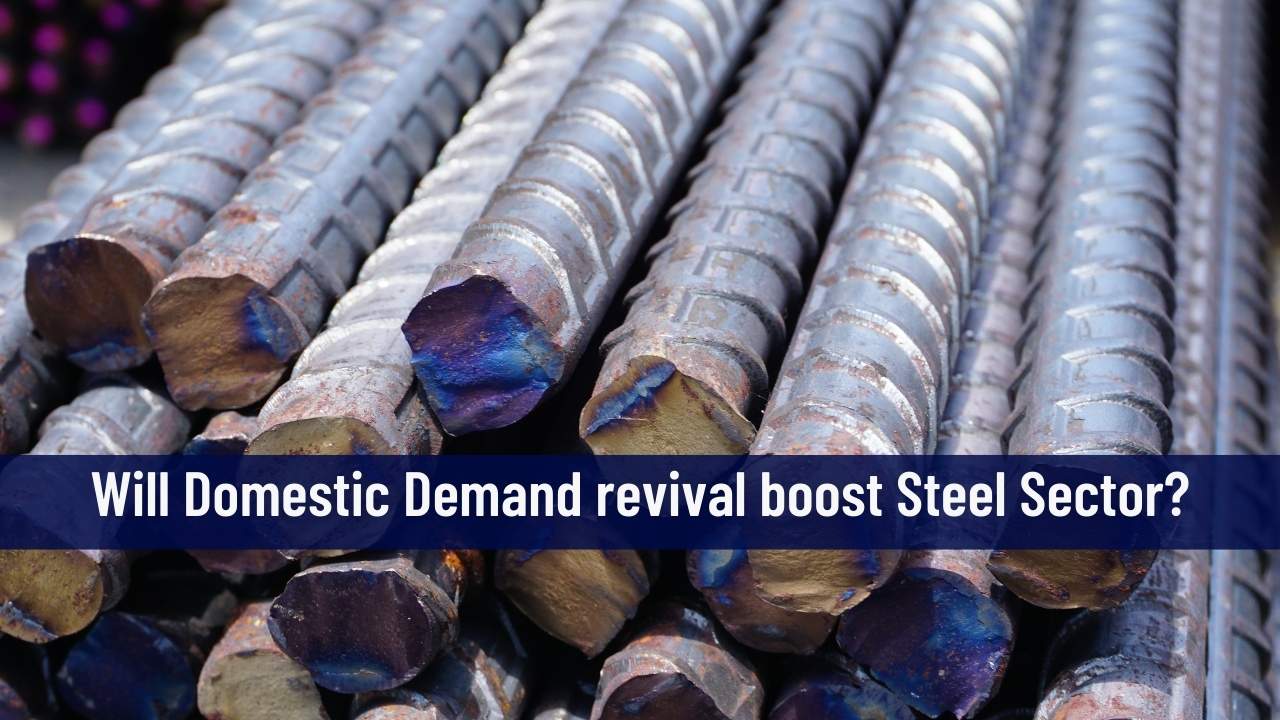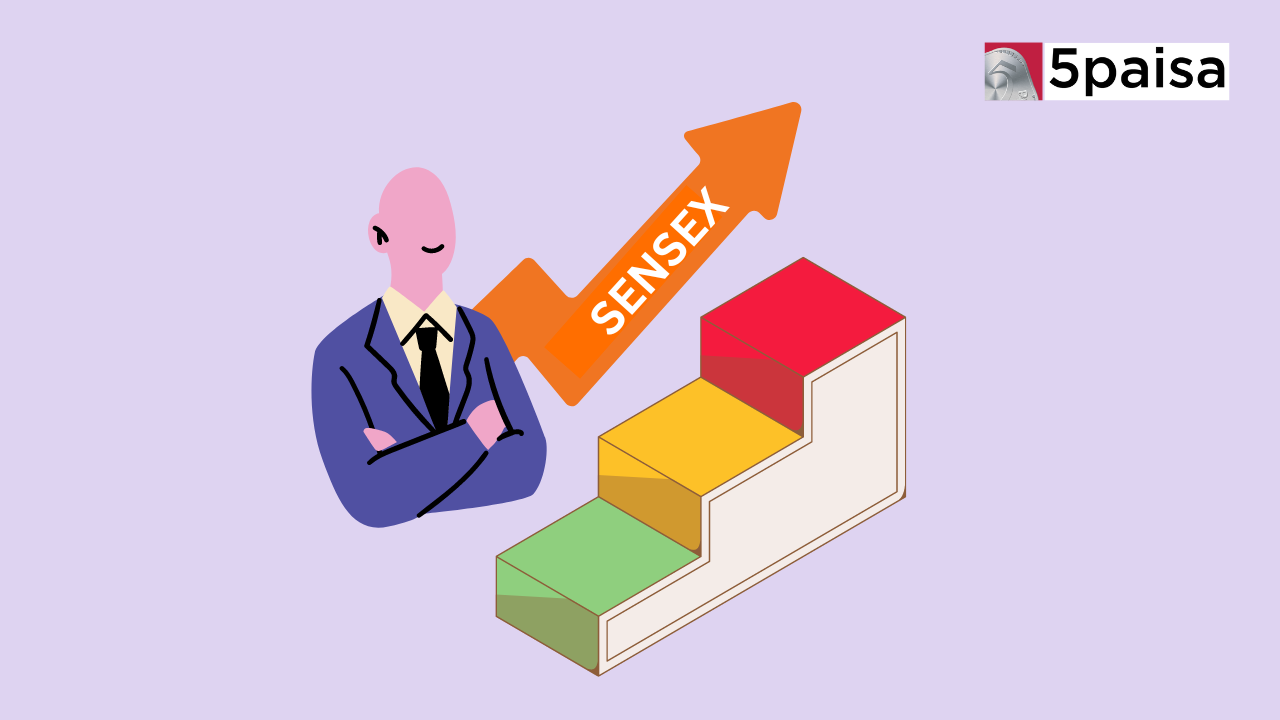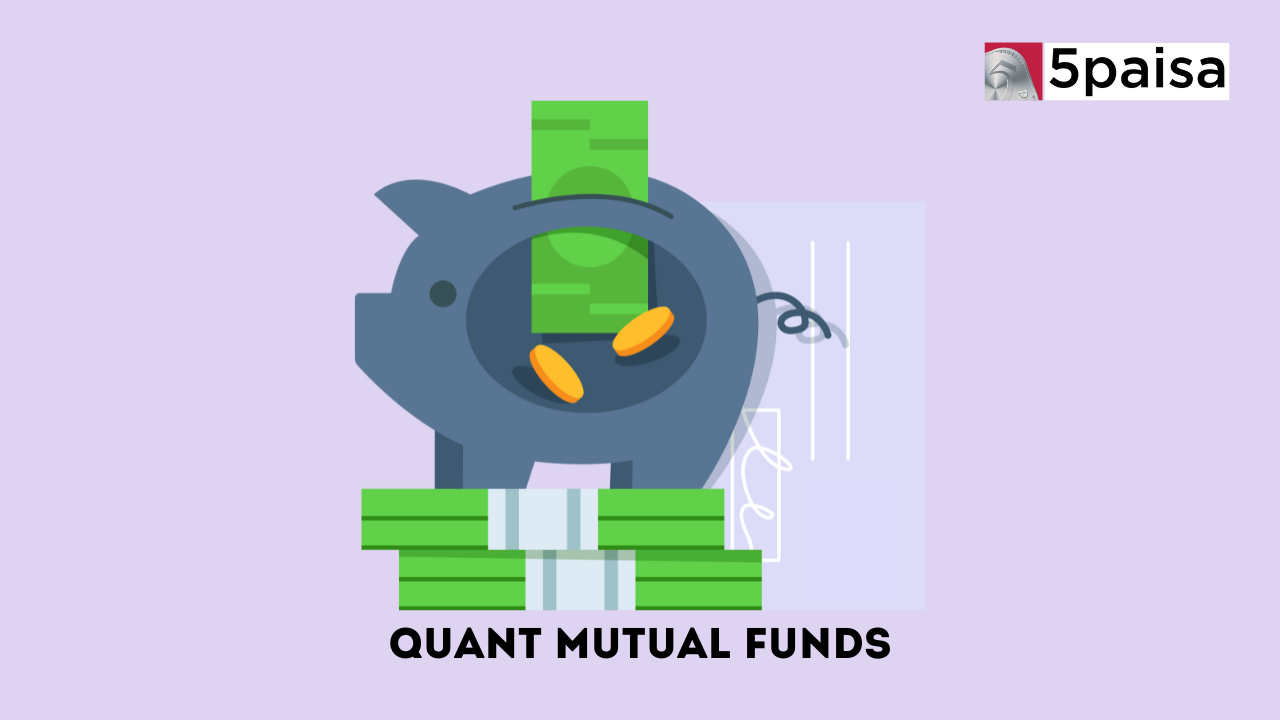List Of Maharatna Companies In India
Will Domestic Demand revival boost Steel Sector?

Last Updated: 13th December 2022 - 04:20 pm
The Government of India (GOI) began charging an export duty on finished steel from May 21, 2022. The duty on long and flat steel (non-alloyed, alloyed, and stainless) exported has gone up from zero to fifteen percent. Most of the announcement was consistent with the government's goal of keeping inflation under control. Since May 2022, exports have been falling, from 0.7 MT in May to 0.5 MT in August. India stopped being a net exporter of steel on January 2021 and started importing it on July 2022.
Since their peak in the first week of April 2022, domestic HRC steel prices have fallen by 27%. Due to the weakening of the global economy, domestic demand, and decreased exports, this has occurred.
The beginning of the monsoon, worries about inflation in the USA and Europe, and worries about demand in China all occurred at the same time as the export duty was imposed, which caused steel prices in India to decrease. For the major steel producers, the change in inventories (finished goods and work-in-progress) was the highest. Even in Q4FY20, when the supply chains were impacted by the lockdowns caused by Covid, this level was not present. The increase in working capital was caused by the build-up of finished goods inventories brought on by traders' destocking in anticipation of further declines in steel prices as well as the rise in raw material (coking coal) prices. Due to this, the net debt levels across the major steel companies rose in the first quarter of FY23, reversing the steel mills' trend of debt reduction.
Export duty withdrawal is a key driver:
The elimination of export duties will help to reduce the amount of inventory that has built up along the supply chain, allowing the steel mills to operate with greater operating leverage. The limited market in India will allow mills to sell specific alloy-based steel, color coated sheets (sold at a premium to standard HRC). The ministry of steel is likely to keep the export duty in place at least through December 2022 because eliminating the duty would result in increased overseas sales and unmet local demand (local demand may increase following the monsoon), both of which would increase price pressure.
While the revocation of export duties would help with investor sentiment and some inventory liquidation, the increase in domestic demand in H2FY23 would be crucial in maintaining steel prices. The traders' restocking is largely dependent on the domestic demand picking up in H2 and particularly in Q4, which is typically a seasonally strong quarter for the industry. A rise in demand would aid in the system's inventory being liquidated to the point where working capital would be reduced. This could even lead to a restart of deleveraging as a result.
Despite the increase in domestic demand, which will aid in the recovery and stabilization of steel prices, it won't be enough to cause a spike in those prices because spot domestic HRC prices are currently trading above import parity prices. The import parity is dependent on free trade agreement nations and the cost of Chinese steel. As the world's largest producer of steel, China greatly influences the course of global prices.
The main importers are Korea, China, and Japan, and imports from these nations have largely stabilized in recent months. Because domestic consumers prefer reliable supply sources and quicker delivery compared to imports from Japan or Korea, domestic steel prices have remained above import parity. The high costs of rupee-dollar currency hedging as a result of Fed rate hikes.
Reviving Chinese Demand:
Chinese steel exports are influenced by both domestic and international steel consumption.
Chinese steel exports increased to 7.8 MT on May 22 — a level last reached on December 16 as steel mills took advantage of the country's weak domestic demand to export steel to Europe. Global steel prices were under pressure due to higher Chinese exports, which moderated on August 22 to 6.2 MT but were still higher than the average of 4-5 MT in recent years.
In August of this year, Chinese steel consumption decreased by 4% YoY. As winter approaches, steel consumption in China is anticipated to moderate; therefore, a corresponding reduction in steel production will be required to keep exports in check. Steel production is up 3% MoM to 83.4 MT in August'22.
China's domestic steel demand indicators are still poor. The biggest consumer of steel, the real estate industry, is still struggling. The Floor Area Ratio floor space of new starts and projects that are under construction, as well as the land purchased (a lead indicator), are both in negative territory for real estate. Although China recently announced a number of stimuli to revive the construction and real estate sectors, their effects have not yet been felt.
As the real estate market turmoil and the Covid outbreaks continue, economists are growing more pessimistic about China's economy. They have revised downward their growth projections for CY22 and see lingering risks into next year. According to the most recent quarterly survey of economists conducted by Bloomberg, the economy is now expected to expand by just 3.5% this year instead of the previously predicted 3.9%. Steel prices will remain under pressure even in H2FY23 if China's weakness continues as predicted by economists.
Europe's energy crisis concerns:
The European steel industry has announced capacity reductions. Steel prices fell as a result of weak steel demand and high imports brought on by the regional price difference between Europe and Asia up until July 22. Although the regional disparity in steel prices has decreased, Asian imports are still not encouraged.
Domestic steel demand will be the key driver:
India's finished steel demand is anticipated to increase by 6% YoY in CY23, according to WSA SRO in April 2022. According to CRISIL, the demand for steel is expected to increase by 6-8% in FY23, with growth spurred by infrastructure and construction projects in H2FY23. A further increase of 7-9% is anticipated by CRISIL for FY24, helped by lower prices and increased government pressure to complete the NIP (National Infrastructure Pipeline) in advance of elections. The strong government push for infrastructure-led growth is one of the most important lessons to be learned from the India Steel Conference 2022. Government capital expenditures are anticipated to reach the NIP's target average annual run rate in FY23. In FY21-FY23, government Capex is expected to increase at a CAGR of 32.8%.
According to Coal Mint, the price of HCC Australia coking coal has decreased from $400/t in the first week of June to $200/t in the first week of August. However, prices spiked back to $274/t in the fourth week of August 22 and remained unchanged in the first week of September 22. According to the Australian Bureau of Meteorology (BoM), Australia is likely to experience a third La-Nina weather trend from September through November 22. This could affect coal mining in Victoria and New South Wales. If the price of steel did not increase in H2FY23, higher coking coal prices might put pressure on margins.
Disclaimer: Investment/Trading is subject to market risk, past performance doesn’t guarantee future performance. The risk of trading/investment loss in securities markets can be substantial. Also, the above report is compiled from data available on public platforms.
Trending on 5paisa
Discover more of what matters to you.
Indian Stock Market Related Articles
 Sachin Gupta
Sachin Gupta Ruchit Jain
Ruchit Jain Tanushree Jaiswal
Tanushree Jaiswal




